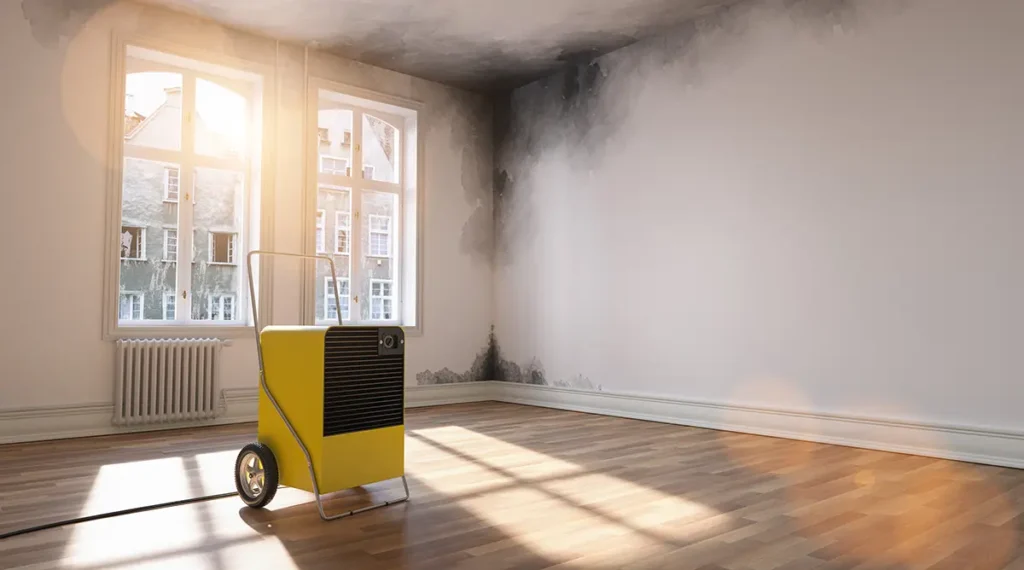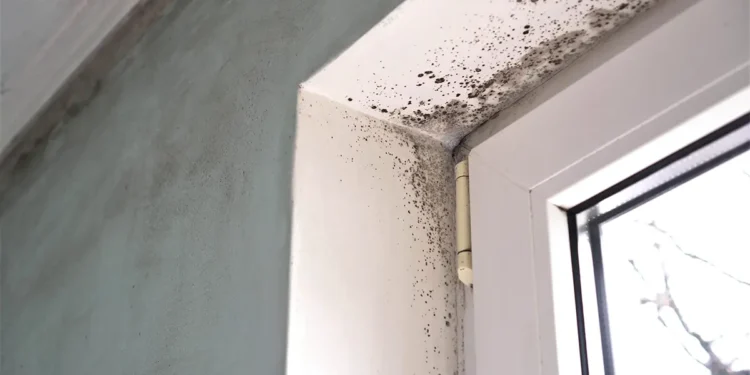Whether we are designing expressive interiors or simply maintaining the space we’ve come to call home, the preservation of our living environment is of the utmost importance. One key threat to this preservation is an enemy as old as time itself – mould. This unwelcome visitor can ruin not only the aesthetic appeal of your home but also its structural integrity. This guide aims to arm you with the necessary knowledge and tools to effectively deal with this mould menace.
Understanding the Mould Menace
Mould is a fungal invader that can establish colonies in our homes, often in places we least expect. It presents various health risks if left untreated, such as respiratory problems and allergy triggers. Additionally, it can cause irreversible damage to our properties, be it the freshly painted walls or the beloved family heirloom.
Locating the Mould Source
The first step in your battle against mould is identifying its source. Mould tends to thrive in damp, poorly ventilated areas like bathrooms, kitchens, and basements. However, its presence could also be indicative of more severe issues, such as water leaks, flooding, or high levels of humidity.
Strategic Steps to Mould Remediation
Having identified the source of the mould, the next step is to tackle it head-on. Here’s how:
Tackling the Source
The root cause of the mould must be addressed first. This could involve fixing any water leaks, improving ventilation in damp areas, or investing in a dehumidifier to regulate moisture levels.
Sanitising Affected Areas
Once the source has been addressed, you need to clean the areas affected by mould. Using a mixture of water and bleach or a specialised mould cleaner, scrub off the mould from hard surfaces like walls, floors, and tiles. Ensure you’re wearing protective gear and have sufficient ventilation during this process. Avoid using vacuum cleaners as they can spread mould spores around your home.
Ensuring Complete Dryness

After the mould has been removed, it’s vital to dry the cleaned areas thoroughly. This is a critical step in preventing mould regrowth. Use a fan or a dehumidifier to speed up the drying process and ensure that all surfaces are entirely dry before moving on to the next step.
Applying Mould-Resistant Paint
To prevent future mould problems, consider applying mould-resistant paint to the cleaned areas. This paint contains antimicrobial properties that inhibit mould growth. Make sure to follow the manufacturer’s instructions for application and ventilation.
Implementing Preventive Measures
Prevention is always better than cure, especially when it comes to mould. Here are some tips to help protect your home from future mould infestations:
Enhancing Ventilation
Good ventilation is crucial, especially in areas prone to dampness like bathrooms and kitchens. Make a habit of opening windows after showering or cooking, or consider installing extractor fans to help remove excess moisture. Simple steps like leaving wardrobe doors open can also improve airflow and reduce moisture buildup.
Keeping Surfaces Dry
It’s essential to keep surfaces dry to prevent mould growth. Clean up spills and condensation promptly and avoid leaving wet clothes or towels lying around. Using a squeegee or towel to dry surfaces after a bath can also help prevent mould growth.
Conclusion
In conclusion, effective mould management requires a robust understanding of its causes, coupled with strategic remediation steps and preventive measures. By implementing these tips, you can help ensure your home remains mould-free and continues to serve as a safe, healthy sanctuary for you and your family.
Regular Maintenance
Beyond immediate preventative steps, it’s important to also perform regular checks and maintenance around your home. Especially in areas that are damp and poorly ventilated. This can help you spot any potential mould growth before it becomes a problem.
Seeking Professional Help
While many mould issues can be tackled with a do-it-yourself approach, severe infestations or recurring mould problems may require the expertise of a mould remediation specialist. These professionals are trained to identify, treat and prevent mould in a safe and efficient manner.
Remember, mould may seem like a persistent opponent, but with the right knowledge and approach, it can be effectively controlled and even prevented. Your home is more than just a place to live; it’s a haven that protects and nurtures. So it’s worth investing time and effort in keeping it mould-free and ensuring its long-term structural integrity and the health of its inhabitants.
So there you have it – a comprehensive guide to tackling mould. While mould can be a nuisance, it doesn’t have to be a permanent one. With a bit of vigilance and regular upkeep, you can keep your home a mould-free space. And should you ever feel overwhelmed, never hesitate to reach out to a professional. After all, preserving the beauty and functionality of your home is a task worth undertaking, and the peace of mind it brings is truly priceless.
Frequently Asked Questions:
1: What is mould and why is it a problem?
Mould is a type of fungus that thrives in damp and poorly ventilated areas. It can pose serious health risks, triggering allergies and respiratory problems if left untreated. Furthermore, mould can cause significant and often irreversible damage to your property, affecting everything from your freshly painted walls to treasured family heirlooms.
2: How do I identify the source of mould in my home?
Mould often thrives in areas with excess moisture and poor ventilation such as bathrooms, kitchens, and basements. Signs of mould include visible growth on surfaces, a musty odour, or persistent allergic reactions. If mould is present, it could also indicate more severe underlying issues such as water leaks, flooding, or high humidity levels.
3: How do I remediate mould once it’s been identified?
The first step in mould remediation is addressing its source, which could involve fixing water leaks, improving ventilation, or using a dehumidifier. Once the root cause has been addressed, clean the mould-affected areas using a mixture of water and bleach or a specialised mould cleaner. Remember to wear protective gear during this process. After cleaning, ensure the area is thoroughly dried to prevent mould regrowth. Applying mould-resistant paint can also help to prevent future infestations.
4: What preventive measures can I take to avoid mould infestations?
Preventive measures include enhancing ventilation, especially in damp-prone areas, and keeping surfaces dry by promptly cleaning up spills and condensation. It can also be beneficial to make a habit of leaving doors open to improve airflow, dry surfaces after baths using a squeegee or towel, and avoid leaving wet clothes or towels lying around. Regular maintenance and checks of your home, particularly in damp and poorly ventilated areas, are essential to catch potential mould growth early.
5: When should I seek professional help for mould remediation?
While many mould problems can be tackled using a do-it-yourself approach, severe infestations or recurring mould issues may require the expertise of a professional mould remediation specialist. These experts are trained to identify, treat, and prevent mould in a safe and efficient manner. If you find mould continuously reappearing despite your efforts, or if the infestation seems extensive, it would be wise to call in professionals.










